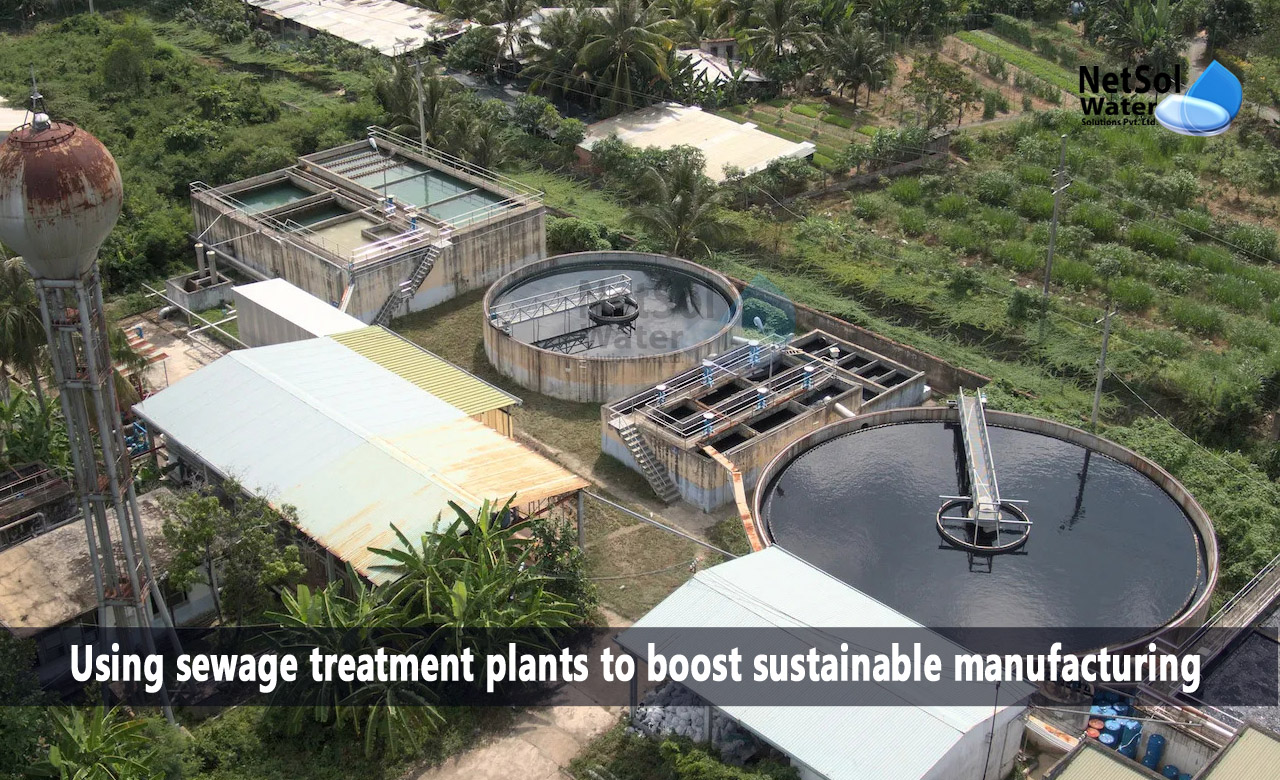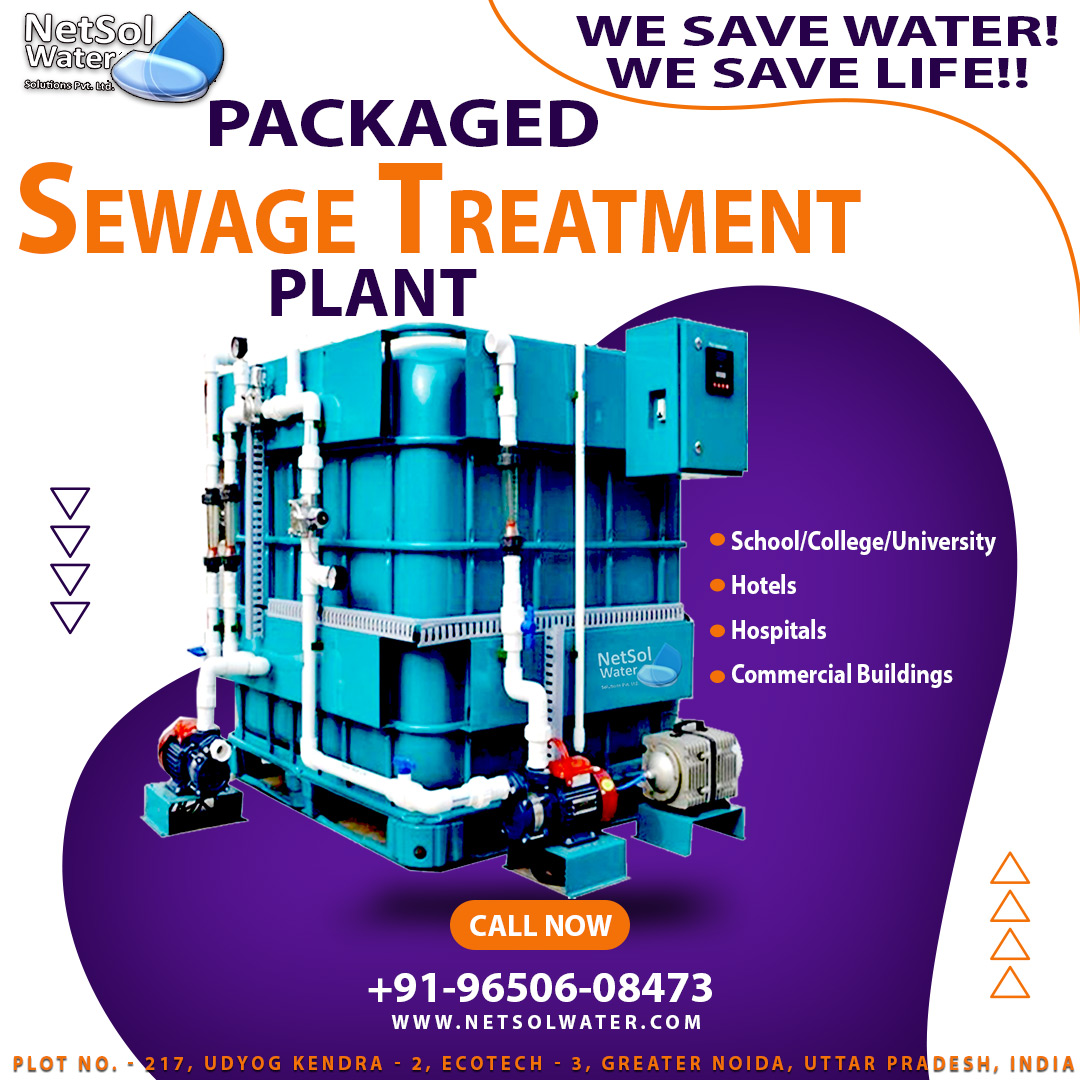Sewage Treatment Plant: A Path to Cleaner Production for Manufacturers
In an era where environmental sustainability is a top priority, manufacturers are increasingly seeking ways to minimize their impact on the planet. One powerful solution that is gaining recognition is the integration of sewage treatment plants into manufacturing processes. Traditionally associated with wastewater management, these plants are now emerging as a crucial pathway to cleaner production for manufacturers.
In this blog post, we will explore how sewage treatment plants can revolutionize manufacturing by promoting cleaner and more sustainable practices.
Wastewater Treatment:
The primary function of sewage treatment plants is to treat and purify wastewater. Manufacturers generate substantial amounts of wastewater during their operations, which often contains various pollutants and contaminants. By partnering with sewage treatment plants, manufacturers can ensure that their wastewater undergoes rigorous treatment processes. These processes remove harmful substances, such as heavy metals, chemicals, and organic pollutants, making the discharged water cleaner and safer for the environment. This commitment to wastewater treatment reduces the risk of pollution and protects local ecosystems, fostering a cleaner and healthier environment for all.
Compliance with Environmental Regulations:
Manufacturers face increasingly stringent environmental regulations aimed at reducing pollution and protecting natural resources. Sewage treatment plants enable manufacturers to comply with these regulations by providing a reliable and effective means of wastewater treatment. By adhering to the standards set by these plants, manufacturers demonstrate their commitment to environmental responsibility and contribute to the overall well-being of the communities in which they operate. Compliance with environmental regulations not only avoids legal issues and potential penalties but also strengthens the reputation and credibility of manufacturers as responsible corporate citizens.
Resource Recovery:
Sewage treatment plants offer manufacturers the opportunity to recover valuable resources from wastewater. For instance, organic matter in wastewater can be converted into biogas through anaerobic digestion. This biogas can then be used as a renewable energy source to power manufacturing operations, reducing reliance on fossil fuels and decreasing carbon emissions. Additionally, nutrients extracted from wastewater can be repurposed as fertilizers or utilized in other industrial processes. By recovering and reusing resources, manufacturers minimize waste, conserve natural resources, and contribute to a circular economy model. This resource recovery approach not only promotes cleaner production but also presents economic benefits through cost savings and potential revenue streams.
Water Conservation:
Water scarcity is a growing concern worldwide, and manufacturers are significant consumers of water in their operations. By partnering with sewage treatment plants, manufacturers can tap into a sustainable source of recycled water. The treated wastewater can be utilized for non-potable purposes, such as cleaning, irrigation, or cooling systems. This reduces the demand for freshwater resources and helps preserve water for essential needs. Water conservation is not only an environmentally responsible practice but also offers long-term benefits by ensuring water availability and resilience for manufacturing operations.
Innovation and Collaboration:
Sewage treatment plants foster innovation and collaboration among manufacturers, researchers, and other stakeholders. By working closely with these facilities, manufacturers gain access to advanced technologies, research opportunities, and a platform for exchanging ideas and best practices. Collaboration with sewage treatment plants can lead to the development of innovative solutions, process optimization, and the discovery of new sustainable practices. This collective effort drives continuous improvement and supports the transition towards cleaner production in the manufacturing sector.
Conclusion:
Sewage treatment plants provide manufacturers with a clear path to cleaner production and environmental stewardship. By ensuring proper wastewater treatment, complying with regulations, recovering valuable resources, conserving water, and fostering innovation, manufacturers can significantly reduce their environmental footprint and contribute to a sustainable future.
As manufacturers embrace the transformative power of sewage treatment plants, they not only enhance their own sustainability but also inspire positive change in the wider industry. Let us seize this opportunity to integrate cleaner production practices into manufacturing operations, safeguard the environment, and create a more sustainable world for generations to come.




